The James Webb Space Telescope (JWST) has captured incredibly sharp images of the Horsehead Nebula, one of the most famous celestial objects in the sky above Earth.
The most powerful telescope ever placed in orbit around our planet, the James Webb Space Telescope has been able to see details of the Horsehead Nebula, also known as Barnard 33, that had never been detected before, showing some regions in a whole new light.
New images show the Horsehead Nebula as turbulent waves of gas rising from the western side of Orion b, a star-forming molecular cloud located 1,300 light-years from Earth in the constellation Orion.
Related: The James Webb Space Telescope has discovered that some of the universe's early galaxies originated at surprising speeds
The Horsehead Nebula is a collapsing cloud of dense, cool gas that is illuminated by a hot young star located at its upper left edge. The horse-like structure that makes this nebula so distinctive was created by the erosion of lighter gas. This left a thick plume of gas and dense dust that was difficult to corrode.
But this won't last forever. Scientists estimate that within about 5 million years, even this plume of denser matter will disappear.
JWST's Near Infrared Camera (NIRCam) instrument was able to capture a small portion of a close-up image of the Horsehead Nebula. This results in it appearing as a curved wall of thick, smoky gas with distant stars and galaxies above it. Particularly evident is a large, bright star that shows characteristic diffraction spikes associated with images generated using JWST.
JWST's other primary camera, the Mid-Infrared Instrument (MIRI), was able to capture a stunning image of part of the Horsehead Nebula. A small portion of the nebula fills more than half of this image with dense white and blue smoke interspersed with dark voids.
The Horsehead Nebula is a photon-dominated region (PDR), a region of space where young, massive stars heat up interstellar gas and dust. These cold clouds are found among hotter ionized gas near newborn stars. In PDRs, these stars influence the chemistry of this gas and dust with their emissions of ultraviolet light. PDRs are found between stars where the gas is dense enough to resist ionization but still not too dense to allow ultraviolet radiation to pass through it.
Studying the light from PDRs allows scientists to study how interstellar matter evolves and the chemical processes that determine this evolution.
The fact that the Horsehead Nebula is relatively close to Earth means that it represents an ideal PDR for astronomers to use to conduct these investigations, determine the structure of PDRs, and study radiation and chemistry interactions in interstellar space. These images show that the James Webb Space Telescope is ready to make an impact in this investigation.
The results of the James Webb Space Telescope's investigations of the Horsehead Nebula have been accepted for publication in the journal Astronomy and Astrophysics.

“Typical beer advocate. Future teen idol. Unapologetic tv practitioner. Music trailblazer.”






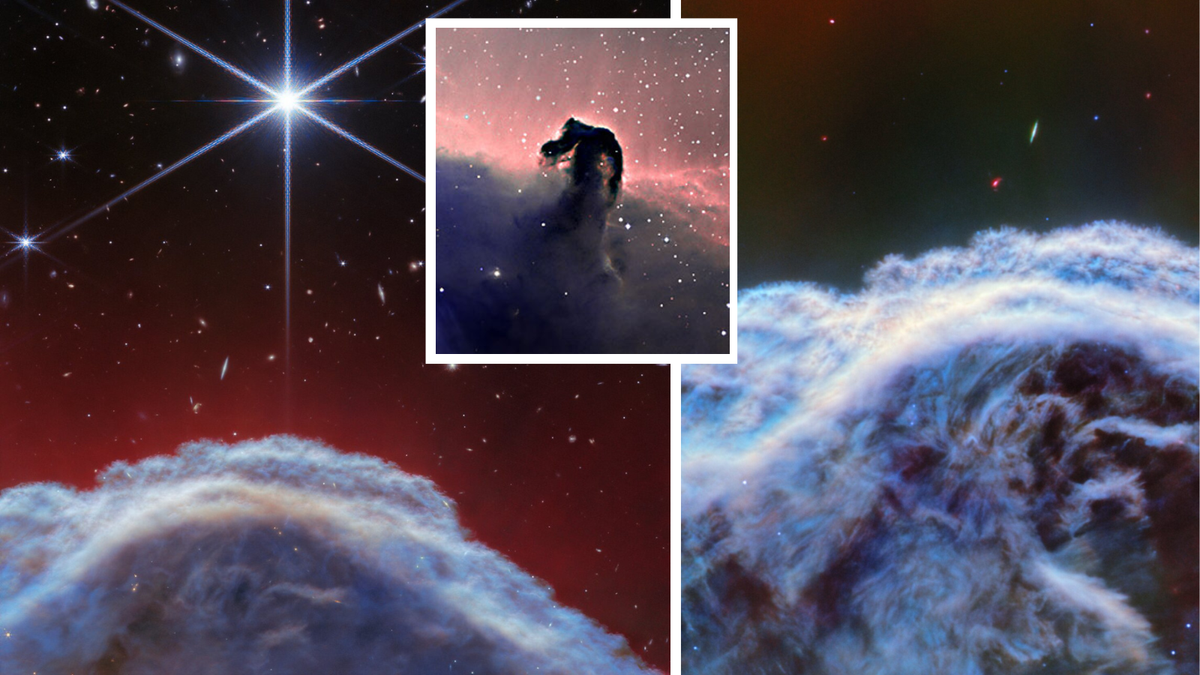
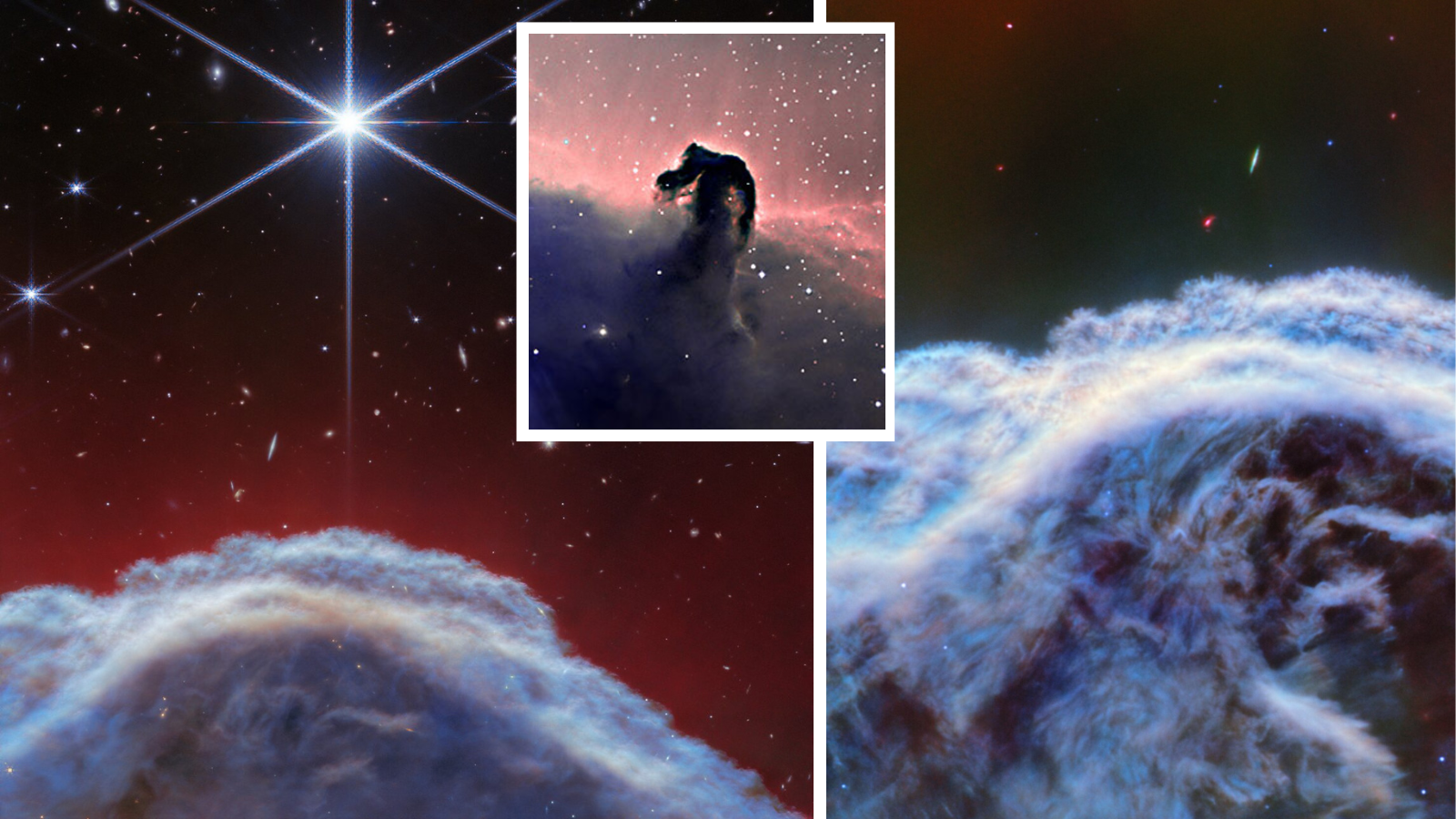
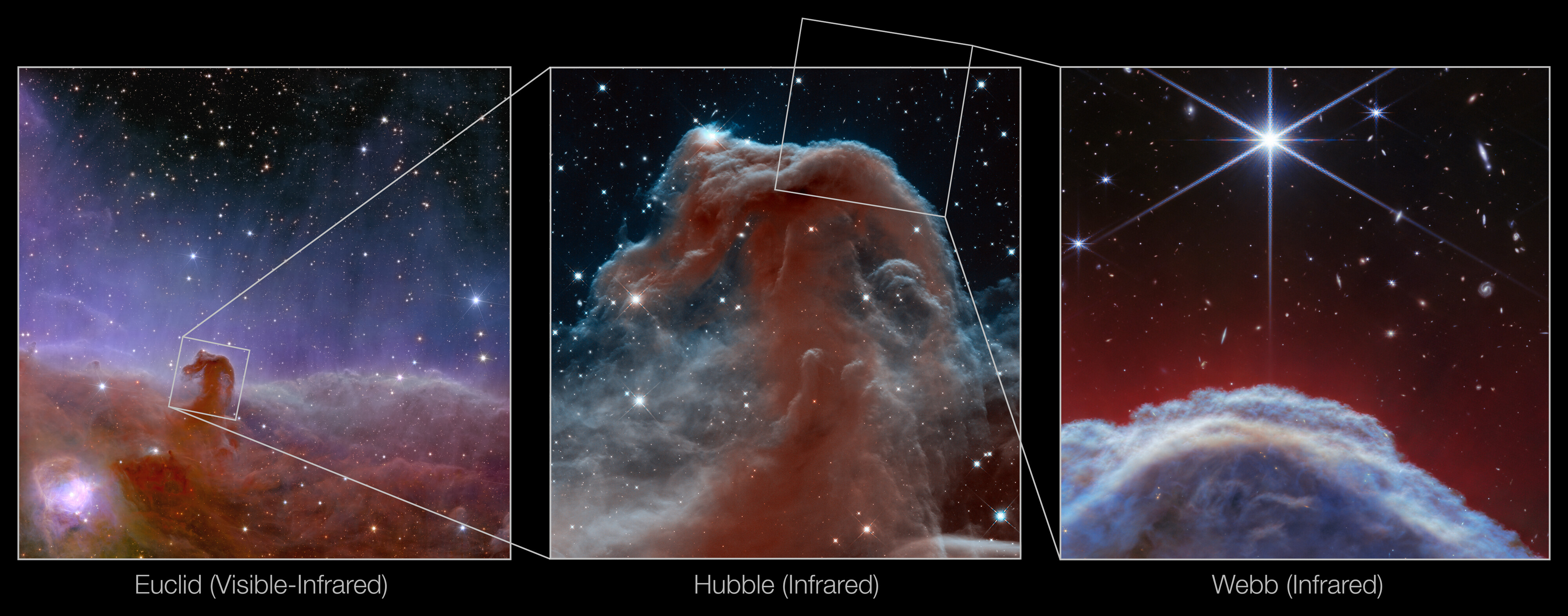
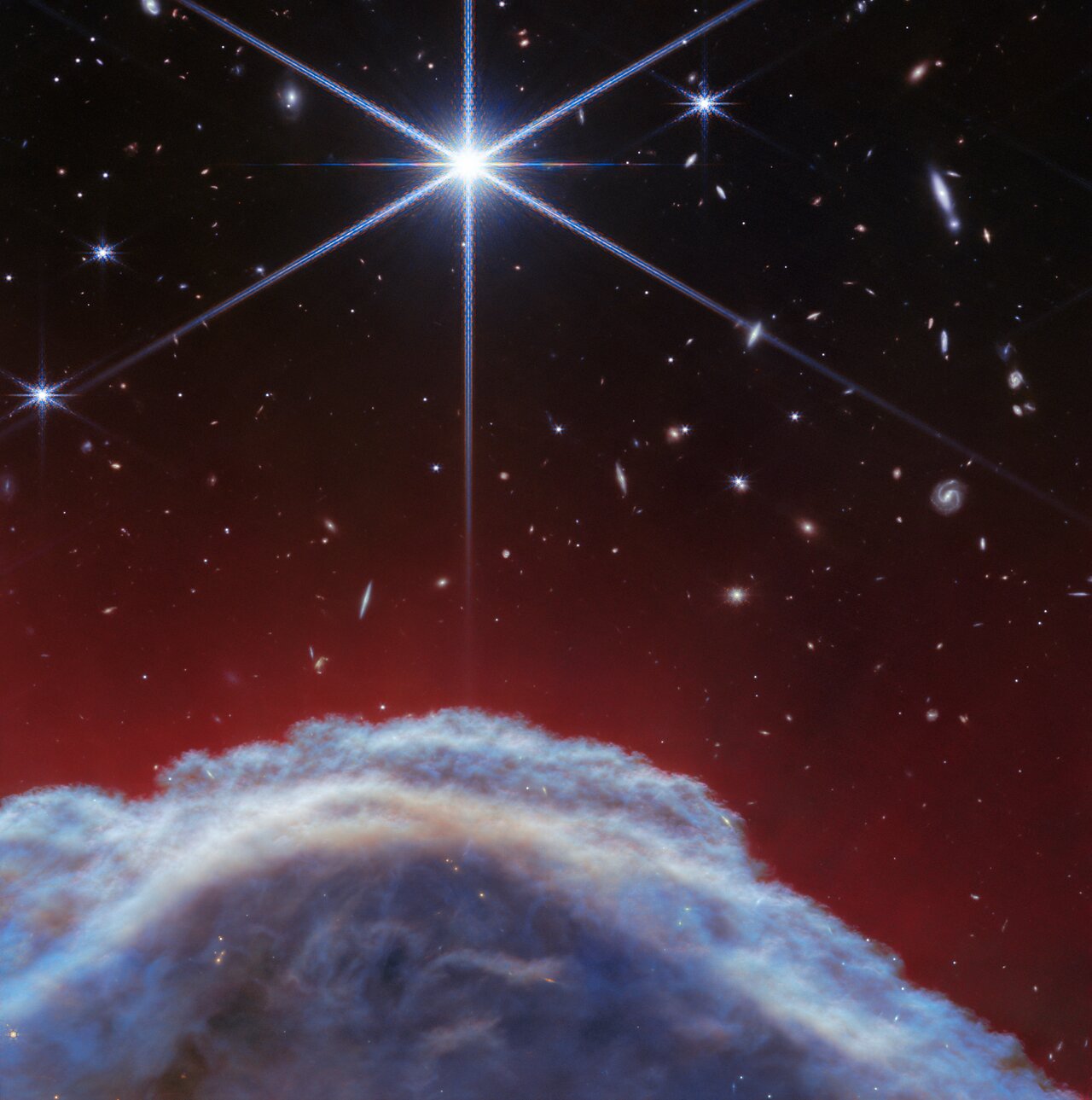
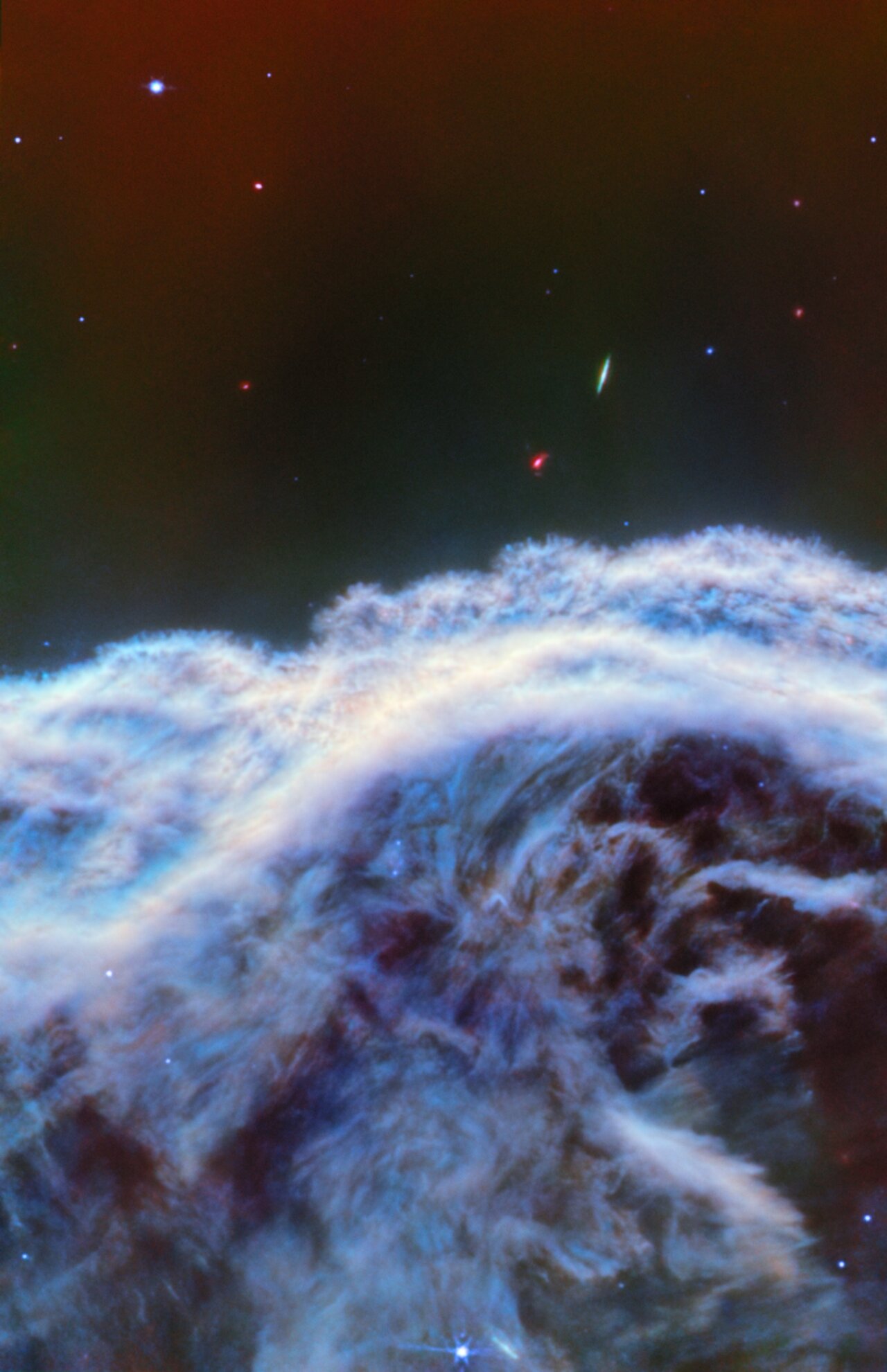
More Stories
Boeing May Not Be Able to Operate Starliner Before Space Station Is Destroyed
How did black holes get so big and so fast? The answer lies in the darkness
UNC student to become youngest woman to cross space on Blue Origin